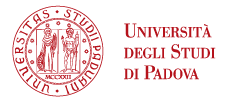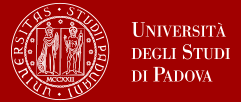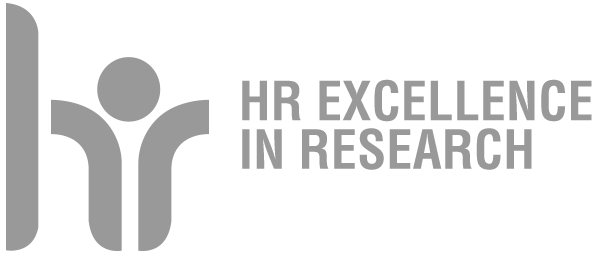
Breaking the Binary Mold: Understanding Social Representations of Nonbinary Gender Identities Among the LGBTQIA+ Italian Population
According to the authors of this essay, it is necessary to incorporate a new and more inclusive model of social representation in order to comprehend nonbinary identity. Given the transnormativity, cisnormativity, and genderism that usually characterize LGBTQIA+ people, there is the risk of nonbinary people being invalidated and excluded by the community. A sense of community, social justice, and interpersonal contact may represent protective factors.
Thus, this study aimed to provide empirical data on the social representation of nonbinary gender identities within the LGBTQIA+ Italian population, utilizing free word association and quantitative data. A total of 1,486 LGBTQIA+ people aged between 18 and 65 years old (M = 25.8, SD = 7.1) took part in an online survey. The sample included monosexual (lesbian, gay, heterosexual), polysexual (e.g., bisexual, pansexual, queer), asexual, cisgender (men and women), trans (men and women), and nonbinary individuals. Participants’ responses were categorized into five main types of social representation: from affirmative to dissonant. Participants with a high sense of community and social justice showed more affirmative social representation. Youth, plurisexual individuals, and nonbinary individuals exhibited higher levels of affirmative social representation compared to monosexual individuals, cisgender men, and trans women. Cisgender women and trans men did not show significant differences in representations from other groups. Participants with close contact with nonbinary individuals exhibited more affirmative and less descriptive social representation than their counterparts.
The scholars concluded by noting how research is essential in understanding how the LGBTQIA+ communities perceive and support nonbinary individuals to promote affirmative social representation and reduce stigma.
You can access more information via this link.






